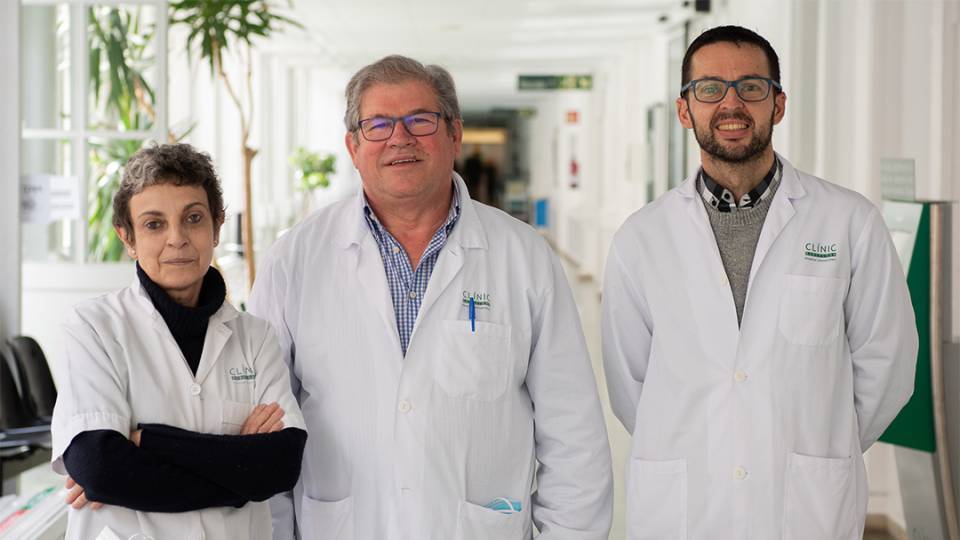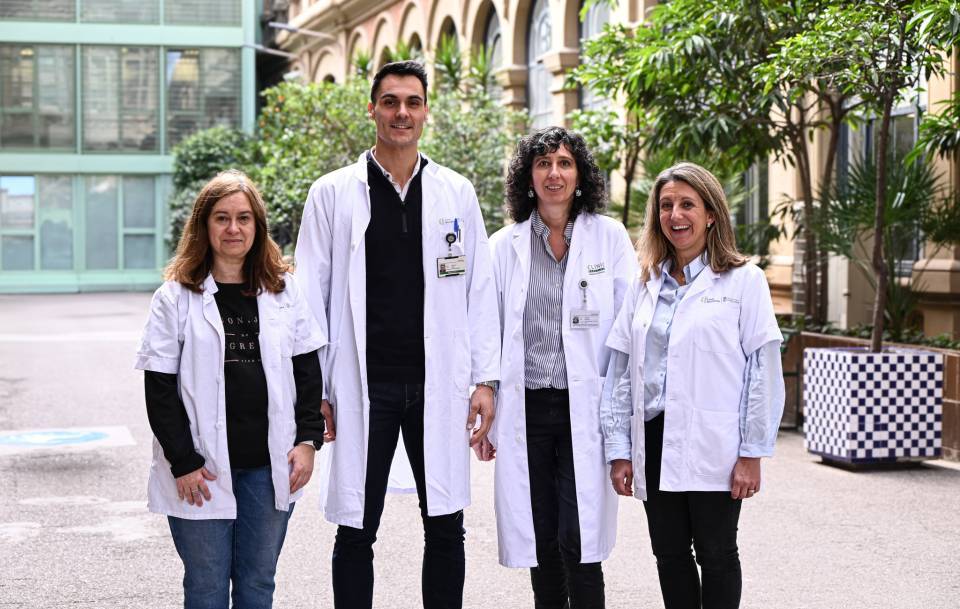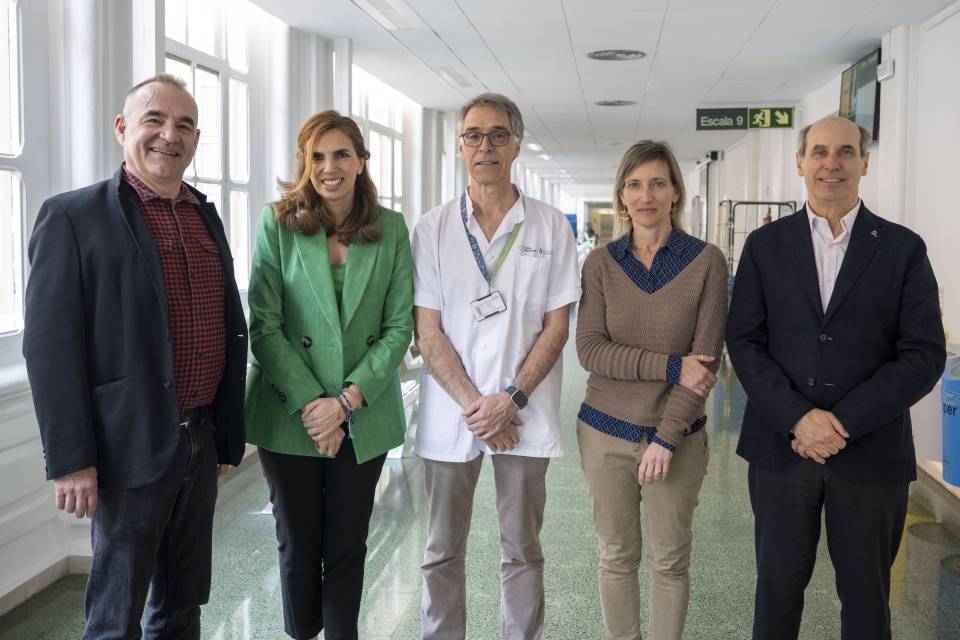While there has been much progress made over the past decades in treating rheumatoid arthritis, approximately 40% of patients do not respond to specific drug therapies, and 5-20% of people with the disease are resistant to all current forms of medication. New research coordinated from Queen Mary University of London, and with the participation of Juan de Dios Cañete, Julio Ramírez and Raquel Celis, researchers of the IDIBAPS Inflammatory joint diseases group led by Raimón Sanmartí, has shown that molecular profiling of the diseased joint tissue can significantly impact whether specific drug treatments will work to treat rheumatoid arthritis (RA) patients.
The work, published in Nature Medicine, also identified specific genes associated with resistance to most available drugs therapies, commonly referred to as refractory disease, which could provide the key to developing new, successful drugs to help these people.
The researchers carried out a biopsy-based clinical trial, involving 164 arthritis patients, in which their responses to either rituximab or tocilizumab, two drugs commonly used to treat RA, were tested. The results of the original trial published in The Lancet in 2021, where Cañete, Ramírez and Celis were also involved, demonstrated that in those patients with a low synovial B-cell molecular signature only 12% responded to a medication that targets B cells (rituximab), whereas 50% responded to an alternative medication (tocilizumab). When patients had high levels of this genetic signature, the two drugs were similarly effective.
As part of the first-of-its-kind study, the team also looked at the cases where patients did not respond to treatment via any of the drugs and found that there were 1,277 genes that were unique to them specifically.
Building on this, the researchers applied a data analyses technique called machine learning models to develop computer algorithms which could predict drug response in individual patients. The machine learning algorithms, which included gene profiling from biopsies, performed considerably better at predicting which treatment would work best compared to a model which used only tissue pathology or clinical factors.
The study strongly supports the case for performing gene profiling of biopsies from arthritic joints before prescribing expensive so-called biologic targeted therapies. This could save national health systems and society considerable time and money and help avoid potential unwanted side effects, joint damage, and worse outcomes which are common amongst patients. As well as influencing treatment prescription, such testing could also shed light on which people may not respond to any of the current drugs on the market, emphasising the need for developing alternative medications.
“We were pioneers in the cellular and molecular study of synovial biopsy in 1998, together with the Universities of Leeds and Amsterdam. This work published in clinical and basic journals of major impact confirms that the study of the synovial membrane, currently applying multiomic techniques and big data, is the path to precision medicine in RA. That is, to give the right treatment to each patient, based on the molecular taxonomy of their disease”, concludes Cañete.
The incorporation of these signatures in future diagnostic tests will be a necessary step to translate these findings into routine clinical care.
Reference article
Rivellese F, Surace AEA, Goldmann K, Sciacca E, Çubuk C, Giorli G, John CR, Nerviani A, Fossati-Jimack L, Thorborn G, Ahmed M, Prediletto E, Church SE, Hudson BM, Warren SE, McKeigue PM, Humby F, Bombardieri M, Barnes MR, Lewis MJ, Pitzalis C; R4RA collaborative group. Rituximab versus tocilizumab in rheumatoid arthritis: synovial biopsy-based biomarker analysis of the phase 4 R4RA randomized trial. Nat Med (2022). https://doi.org/10.1038/s41591-022-01789-0




